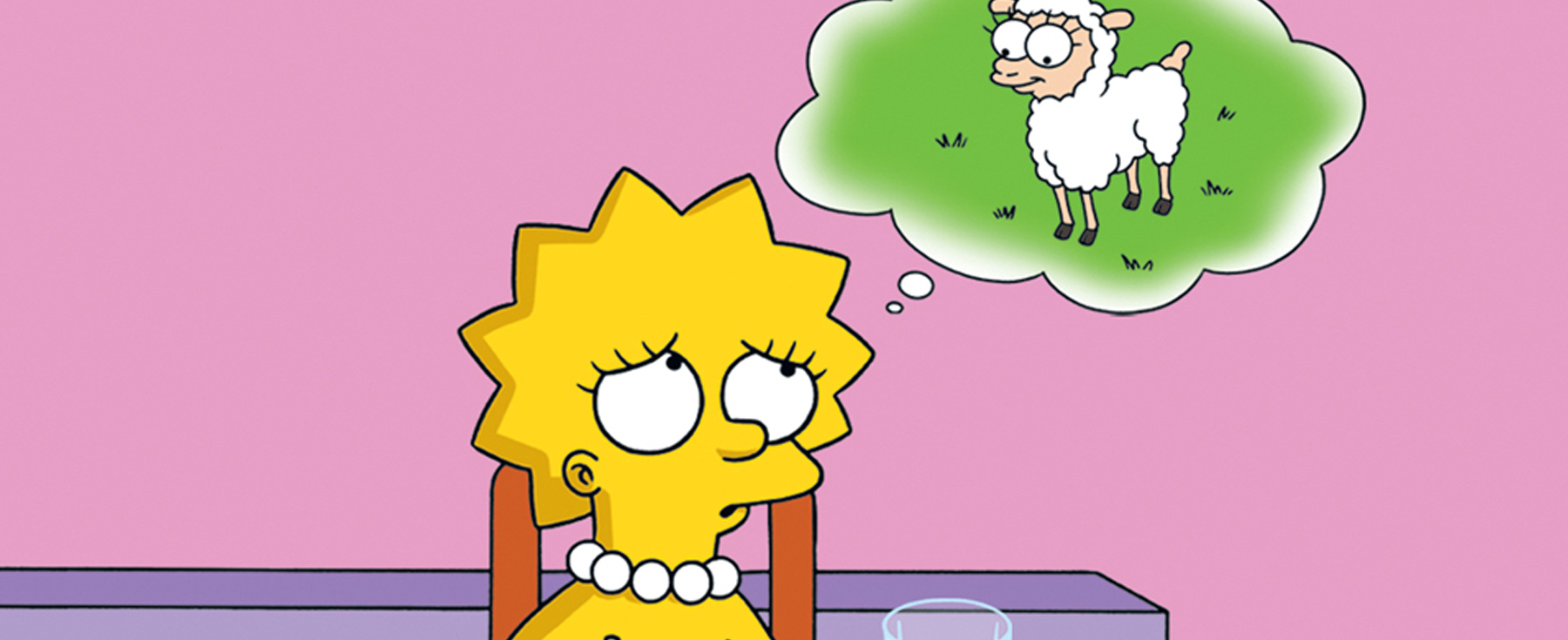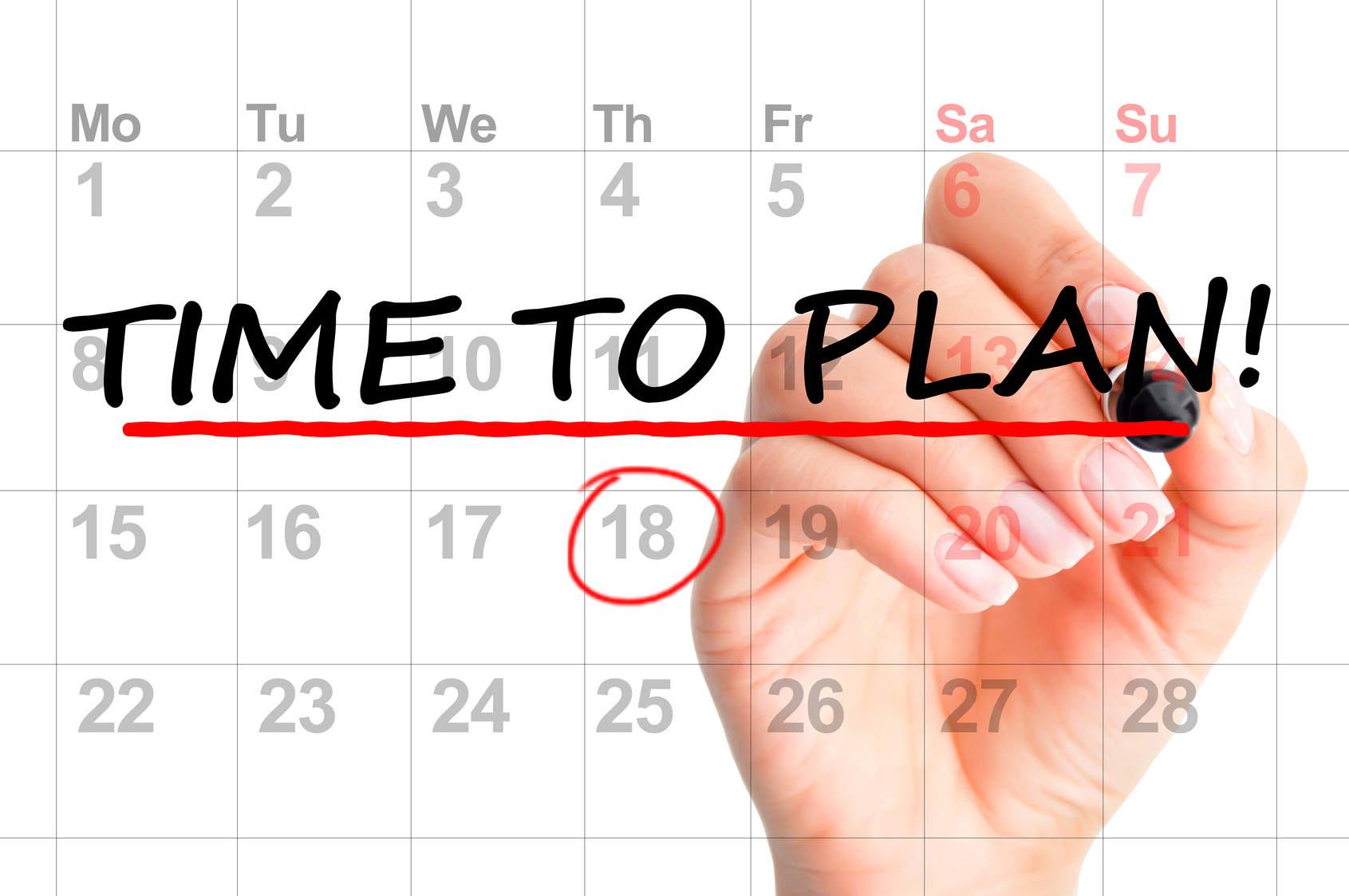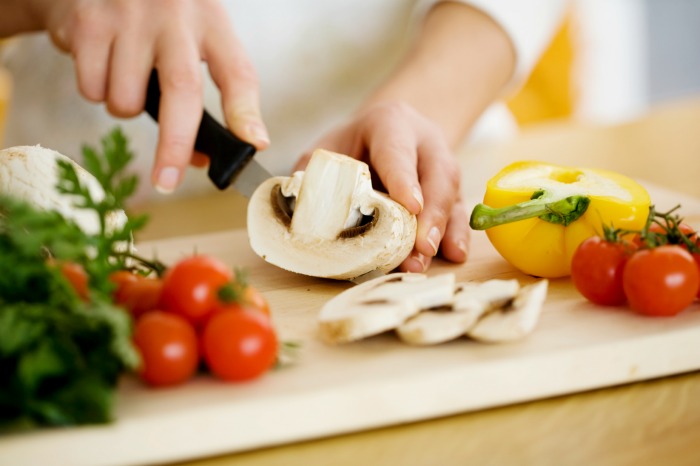So, you want to go vegan? But, you don’t have a plan. You just know it’s time to put animal byproducts out of your life. Fine.
Understand this: eating vegan is not recommended by many dietitians for a good reason. It’s a tough life. Meeting one’s intake needs is easier with a broad scope of food options. The vegan lifestyle limits those options considerably.
Still, if you insist, you’re gonna need a plan
For context, this writer is a lifelong weightlifter, not a bodybuilder, but one who likes keep an athletic build. I’ll approach this subject from the mindset of one who wishes NOT to lose lean mass.
This is what I did to go vegan. To switch to a plant-based diet, you first need to do some reading, then create a timeline, experiment early and often, and finally make the switch.
Research
The internets are full of advice such as this about eating vegan. The amount of misinformation and bias is incredible. Better one start with some level-headed resources on the matter.
A popular book is “The Omnivore’s Dilemma.” I’m a fan of another book, “Eating Animals,” by Jonathan Safran Foer.
He, like me, is a fan of meat who struggled with reconciling what he knew about the animal industry and the yummy-yummy taste of bacon.
Scan the options, but pick a book that either admits the biases of the author or tries to find the truth on both sides. In the end, you want to have some kind of dogma about your approach.
A specific and intelligent guiding principle will arise from quality information. It will help you hone your values and lifestyle, as every decision will align with the paradigm you’ve developed from your research.
Plan
Once you know what matters to you, a plan to execute is in order.
A fool will read a book, empty the freezer and fridge of its animal contents, then wallow in self-pity and hunger pangs. This is a surefire way to fail at going vegan.
Instead, create a timeline. For me, two months was realistic; one month to play around, then one month to make mistakes.
What I found, was that making mistakes continued after day one. That’s okay, set a date of execution anyway.
It’s easier to adjust a deadline than work without one. If you don’t set a deadline at all, you will either never make the change or you will go the empty-out-the-fridge route.
Experiment
There are plenty of foods in the produce section which have nothing anything to do with animals. The challenge is getting one’s protein intake without adding a ton of calories to the mix.
Most of your proteins will come from one of three places: incremental changes, legumes, and supplemental sources like protein powders.
Incremental changes may be going with kale instead of iceberg lettuce for your salads because kale has a small amount of protein. Dusting your salad with amaranth instead of croutons will also add some protein. There a menagerie of small adjustments that will help.
The big sources of plant proteins come from legumes like lentils. Those legumes also pack a ton of fiber.
Jumping into the deep end of fiber overnight will mess up your digestive system. Best you ease into this during the experimental phase.
Supplementing protein powders are an easy way to up one’s protein intake.
Execute
To not lose lean mass, I eat .75 grams of protein for every pound of lean mass I wish to keep. At 175 pounds, with 15 percent body fat, about 140 pounds of me is lean mass [I.e. Not fat].
That means I need just over 100 grams of protein a day to not lose any muscle. At four meals a day, that means 25 grams per meal. (The American College of Sports Medicine says: “0.5 to 0.75 grams protein per pound.”)
That is math you have to figure out before D-day if you want to do this without losing precious muscle. Long before then, you have to know how much protein you need per day, but more importantly how much per meal.
Then you gotta swap it for your eggs, chicken or whatever starting day one. There is a lot more to it, but it’s mostly backfilling with roughage.
Once you cross the line, understand you are going to make mistakes. You may find yourself out at the mall with an empty stomach and no good options.
It’s okay. You can always brush off a mistake and plan better next time. Better that than collapse from hunger or bark at your family cause you’ve got the hangries.
Last tip: Going vegan is a little like fight club: you don’t talk about being vegan. Most people don’t want to hear it. They assume you mean to judge them. That said, if you’re going to a social event, confide in the host and plan ahead unless you want to chalk up another mistake.








